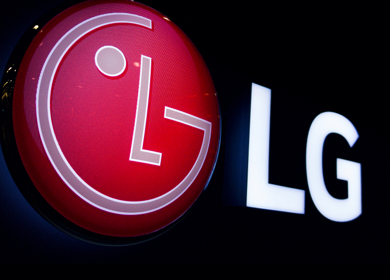Tune in for audio advertising. How can marketers make it effective?
Published: March 07, 2023

Veritonic, the most extensive audio research and analytics platform, recently announced the results of a trailblazing audio study conducted in collaboration with Audacy.
It concludes that four key features of audio ads maximise purchase intent, recall, and brand favorability. They are sonic branding, music, voice, and message.
The study demonstrates the impact of creative element choices on how brands are perceived and remain top-of-mind. And how sonic messaging guides customers through the purchase funnel.
Idil Cakim,
Senior Vice President of Research and Insights, Audacy
Sonic branding is a powerful tool for marketers to increase brand recognition and purchases. Through the power of sound, it assists brands in making meaningful connections with their audiences. As a result, audiences recall specific brands based solely on the sound. A consistent use of a sound logo can reinforce a visual and verbal brand identity and improve brand recall.
Sonic Branding:
According to the study, sonic branding accomplishes the following:
- Ad recall in radio ads increased by 17%, while that in podcast ads increased by 14%.
- Increases purchase intent in radio advertisements by 6% and in podcast advertisements by 2%.
- Radio advertisements with sonic branding improve brand perception, with ads being +7% more trustworthy, +6% more likeable, +5% more empowering, and +4% more relevant.
Music:
Music can be used to reinforce the brand's values, capture attention in advertisements, and connect with target audiences. Combining music into advertisements increases purchase intent by 5%. Music also helps ads remain top of mind and drives purchase intent, and ads with music were more memorable, with a 4% higher recall.
Voice:
With the massive development of audio-first platforms, brands are increasingly communicating with customers via voice. There's always a lot of debate about whether a female or male voice will resonate better with audiences. According to the study, it turns out to be multi-voice. The study shows ads with multiple voices increase recall by 10%.
Message:
The script is also crucial. How many times audiences hear a brand name and how many times they see the brand's campaign matter the most. Purchase intent increases by 4% when the brand is mentioned at least four times. Brand mentions in disclaimers also contribute to this increase.
How can brands make audio advertising successful?
Audiences live in an advanced audio age. The familiarity of wireless headphones, smartphones, and smart speakers has grown on one side. And on the flip side, audio-first platforms like podcasts, radio, and music streaming services keep evolving.
While reading or watching video takes a lot of your attention, audiences can listen to audio while engaged in other activities like cooking, driving, etc. It is multi-task friendly. Which, is the core flexibility it provides to users, and hence it is very much preferred by listeners.
It apparently emphasizes the ready opportunity for marketers in audio advertising. More than anything else, it is free to consume for users. According to a recent report released by Radiocentre, commercial radio had a record year for revenue in the UK with 2.8% growth in 2022.
That said, visuals are powerful for capturing the attention of an audience. As it is missing in audio advertising, it makes it outright challenging for marketers to catch attention solely through audio.
Therefore, marketers have to be extra conscious to make their ads compulsive. In addition to the four factors mentioned above - sonic branding, music, voice, and message - marketers also need to focus on various other factors, like the ones listed below.
Do the storytelling properly: Brands can easily build an emotional connection with audiences with an appropriate way of storytelling. By making the script conversational, engaging, and relatable to audiences, brands can make it compelling.
Keep ad lengths short: Brands should focus on creating ads that are precise and to the point. The average human attention span is 8.25 seconds. So, by making it lengthy, brands may lose the ability to capture audience attention and bring a good ROI. Hence, the rule of thumb for audio ads is to keep them short and simple.
Leverage different ad formats: Brands have a wide range of choices to experiment with audio advertising such as podcasts, radio, etc. This way, marketers can understand which one works best for them so as to reach their audiences via that platform.
Keep a strong CTA: Having a strong call to action for audio ads is very important. Brands should make it direct to audiences. It will make them clear, take action, and leave no room for confusion.
Build ad creatives that resonate with audiences: hook up the audiences by talking the way they talk. In order to do this, brands must understand their target audiences’ interests and preferences. It will help them create impactful ads and boost the performance of the ads.
Tweak strategy based on data: Always keep an eye on data and gain insights. Accordingly, tweak the strategies and optimize the campaigns so as to derive better results. With some trial and error, businesses can find a pathway to making audio advertising successful for their brands.
In a nutshell, audio marketing is worth a try for brands if it has yet to be explored. By incorporating audio ads into brands’ marketing portfolios, marketers will be able to diversify their ad spends and reach more people in an appealing way.










Be the first one to comment.